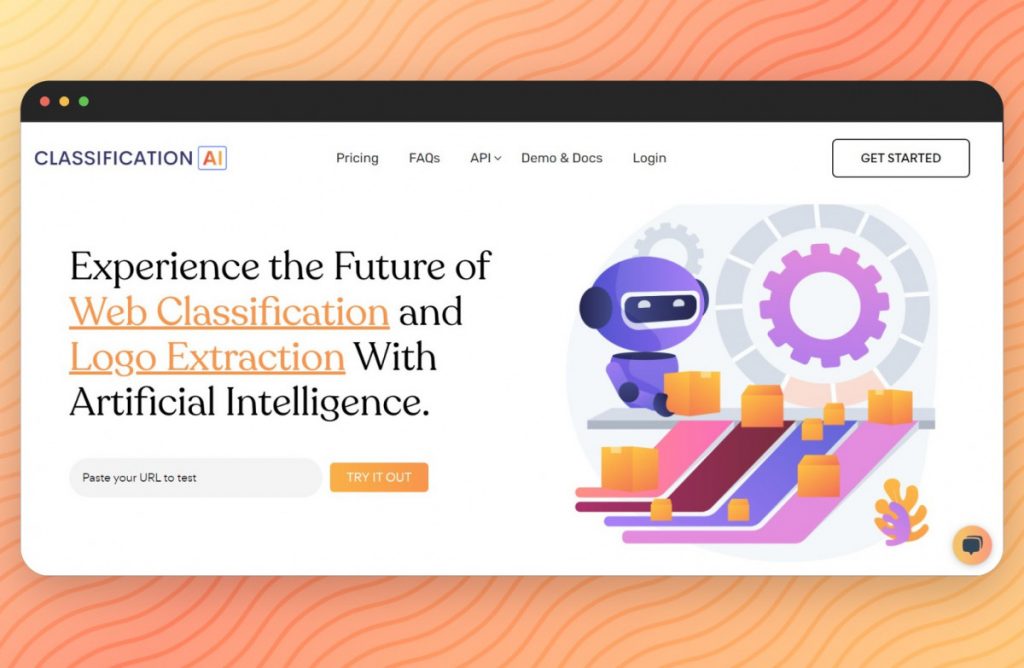In the world of software development, APIs (Application Programming Interfaces) have become a vital tool for building robust and efficient applications. APIs allow developers to leverage existing functionalities and services, saving time and effort in the development process. One such API that has gained popularity among developers is the Domain Classification API. In this quick guide, we will explore the basics of the Domain Classification API, its usage, and how developers can integrate it into their applications.
What is a Domain Classification API?

A Domain Classification API is a service that allows developers to classify or categorize domains based on specific criteria. It can analyze the content, metadata, or characteristics of a domain and determine its category or industry. This API is particularly useful when dealing with large sets of domains, such as in web scraping, domain monitoring, or content filtering applications.
How Does a Domain Classification API Work?
At its core, a Domain Classification API uses machine learning algorithms to analyze and classify domains. These algorithms are trained on large datasets of pre-labeled domains, allowing the API to learn patterns and characteristics associated with different categories or industries. When a developer sends a domain to the API for classification, it uses the trained model to predict the most likely category for that domain based on its features.
Getting Started with the Domain Classification API
To begin using a Domain Classification API, developers need to follow a few simple steps:
Step 1: Sign Up and Obtain API Key
First, developers need to sign up for the Domain Classification API service. This usually involves creating an account on the API provider’s website and obtaining an API key. The API key is a unique identifier that grants access to the API’s functionalities and ensures secure communication between the developer’s application and the API.
Step 2: API Documentation
Next, developers should familiarize themselves with the API documentation provided by the API provider. The documentation contains detailed information about the API’s endpoints, request/response formats, authentication methods, and available parameters. It is crucial to understand the API’s capabilities and limitations to effectively integrate it into the application.
Step 3: API Integration
Once developers have obtained their API key and understood the documentation, they can start integrating the Domain Classification API into their application. Integration typically involves making HTTP requests to the API’s endpoints, passing the necessary parameters, and handling the API’s responses.
Step 4: Requesting Domain Classification
To classify a domain using the API, developers need to make a request to the appropriate endpoint, typically with the domain as a parameter. The API will process the request and return the predicted category or industry for that domain. Developers can then use this information for further processing or display it to the users of their application.
Use Cases for the Domain Classification API
The Domain Classification API has a wide range of applications in various industries. Here are a few common use cases:
1. Web Scraping and Data Analysis
When scraping data from the web, developers often encounter a large number of domains. By using the Domain Classification API, developers can automatically categorize these domains, making it easier to filter and analyze the collected data. For example, a developer working on a price comparison website can classify domains into categories such as e-commerce, travel, or news, allowing them to extract relevant data for each category and provide accurate comparisons.
2. Domain Monitoring and Reputation Management
Monitoring the reputation and activities of domains is crucial for businesses, especially in the cybersecurity and brand protection sectors. The Domain Classifications API can help identify potentially harmful or suspicious domains, enabling businesses to take proactive measures to protect their brand and users. By categorizing domains into categories such as phishing, malware, or adult content, businesses can prioritize their monitoring efforts and respond quickly to any threats.
3. Content Filtering and Parental Controls
In applications or platforms that involve user-generated content, content filtering is essential to ensure a safe and appropriate environment. The Domain Classifications API can assist in this by categorizing domains based on their content, allowing developers to implement content filtering measures. For instance, a developer creating a social media platform for kids can use the API to classify domains into categories like educational, entertainment, or age-inappropriate, ensuring that children are only exposed to suitable content.
To make use of it, you must first:

- Go to Domain Classification API and simply click on the button “GET STARTED” to start using the API.
- After signing up in Classification.ai, you’ll be given your personal API key. Using this one-of-a-kind combination of numbers and letters, you’ll be able to use, connect, and manage APIs!
- Employ the different API endpoints depending on what you are looking for.
- Once you meet your needed endpoint, make the API call by pressing the button “Run” and see the results on your screen.
Conclusion
The Domain Classifications API is a powerful tool for developers looking to categorize domains based on specific criteria. With its ability to analyze and classify domains accurately, developers can enhance their applications with functionalities such as web scraping, domain monitoring, content filtering, and more. By following the steps outlined in this guide, developers can quickly integrate the Domain Classifications API into their applications and leverage its capabilities to streamline their development process.
Read More: Real time categorization api for development purposes

